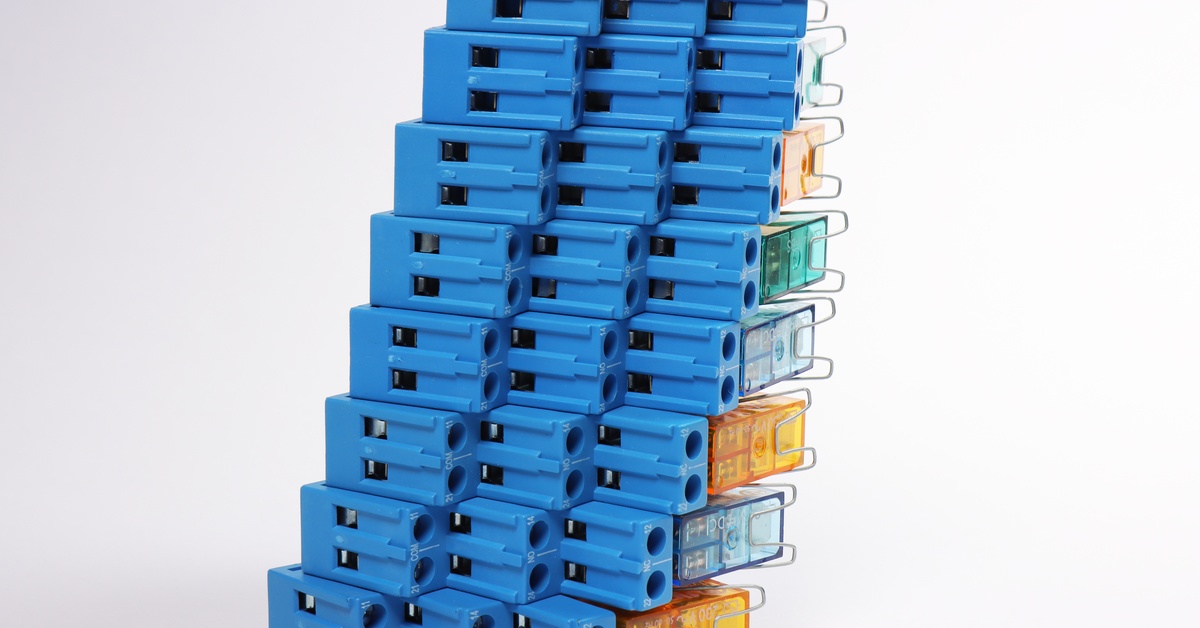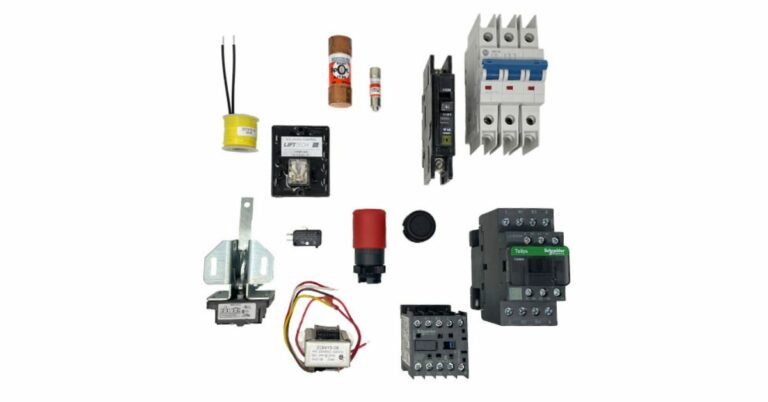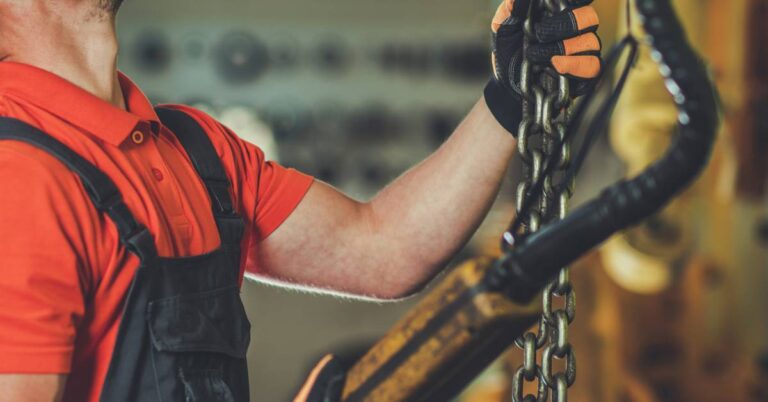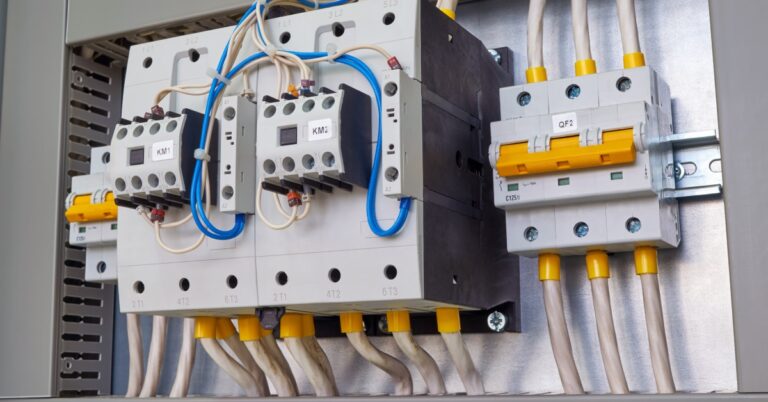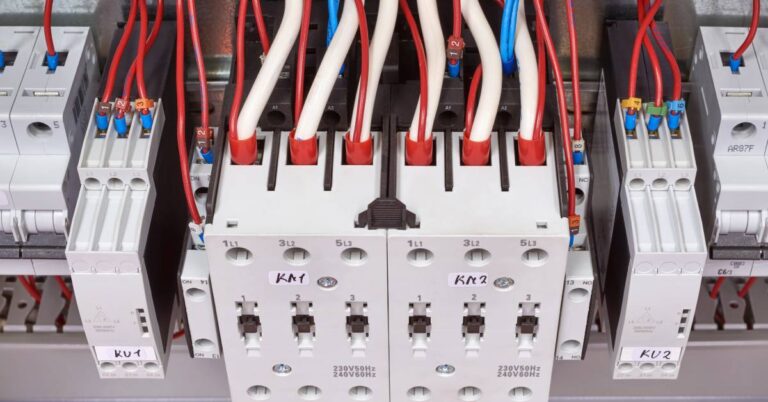Types of Electrical Contactors and How They Work
Electrical contactors are crucial for industrial power control, managing high-voltage circuits that power motors, lighting, and heavy machinery across industries like manufacturing, oil and gas, and material handling. These components provide reliable performance and reduce downtime by controlling electrical loads efficiently.
But not every contactor is the same. In this guide, we’ll explain the different types of electrical contactors and how they work.
AC Contactors vs. DC Contactors
AC contactors and DC contactors are special switches that control alternating current (AC) and direct current (DC) circuits, respectively. AC contactors are common in applications including motor control, HVAC systems, and lighting circuits, where they manage high-current AC loads efficiently.
On the other hand, DC contactors handle the demands of DC circuits, such as industrial machinery, battery systems, and electric vehicles. Both types of contactors facilitate safe and efficient control of electrical systems.
The key difference between AC and DC contactors lies in how they handle electrical current and their magnetic circuit designs. AC contactors work with alternating current, which naturally crosses zero voltage 120 times per second in a 60 Hz system, making arc suppression easier.
DC contactors handle direct current, which creates more persistent arcing since the voltage is constant. They require specialized arc suppression methods like magnetic blowout coils and longer contact gaps, with solid iron cores used in their design.
Single-Pole vs. Multipole Contactors
Single-pole contactors control a single electrical circuit and are ideal for simple on/off applications, such as single-phase motors or heating elements. These compact devices are perfect for switching one line of electrical power in straightforward setups.
Multipole contactors manage multiple circuits simultaneously. Two-pole contactors control two circuits, making them suitable for single-phase motor applications where both hot and neutral lines need switching.
Three-pole contactors control all three power lines on three-phase motors. Four-pole contactors add control for a neutral line.
Reversing Contactors
Reversing contactors control motor direction by changing the phase sequence in three-phase motors. They use two contactors: one for forward rotation and another that reverses two power phases for reverse rotation, with electrical interlocks preventing simultaneous activation to avoid short circuits. Common in crane and hoist applications, reversing contactors integrate the contactor assembly with mounting hardware for easy installation in control panels.
Time Delay Contactors and Relays
Time delay contactors and electrical relays provide precise timing control for electrical switching operations. They use timing circuits to delay contact operation for a determined period.
Delay-on-make timers wait a set time after receiving a control signal before closing their contacts. This helps sequence equipment start and prevent electrical overloads.
Delay-on-break timers keep contacts closed for a set time after losing the control signal. The function ensures cooling fans continue running after the equipment shuts down or the lights remain on during a power outage.
Conclusion
Now that you’re familiar with the most common types of electrical contactors and how they work, you can select the best contactor for the task at hand. The goal is to choose high-quality components that extend the lifespan of your industrial equipment. If you’re ready to find the perfect contactor solutions for your operation, explore our range of contactors for sale.

